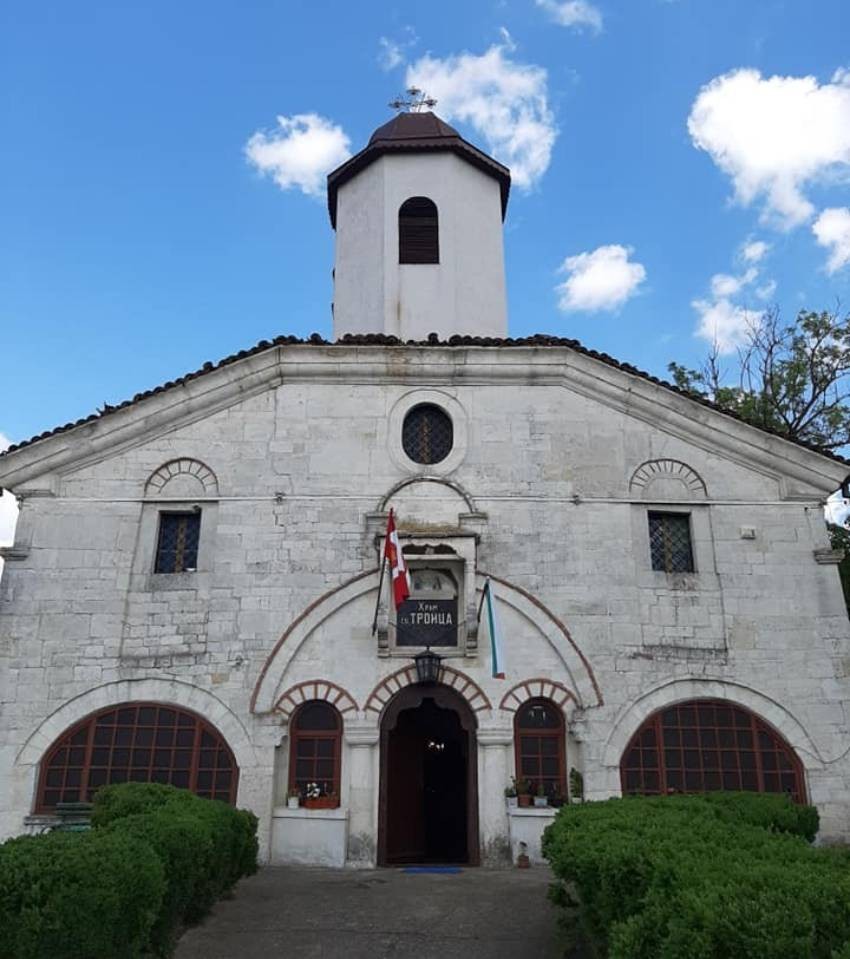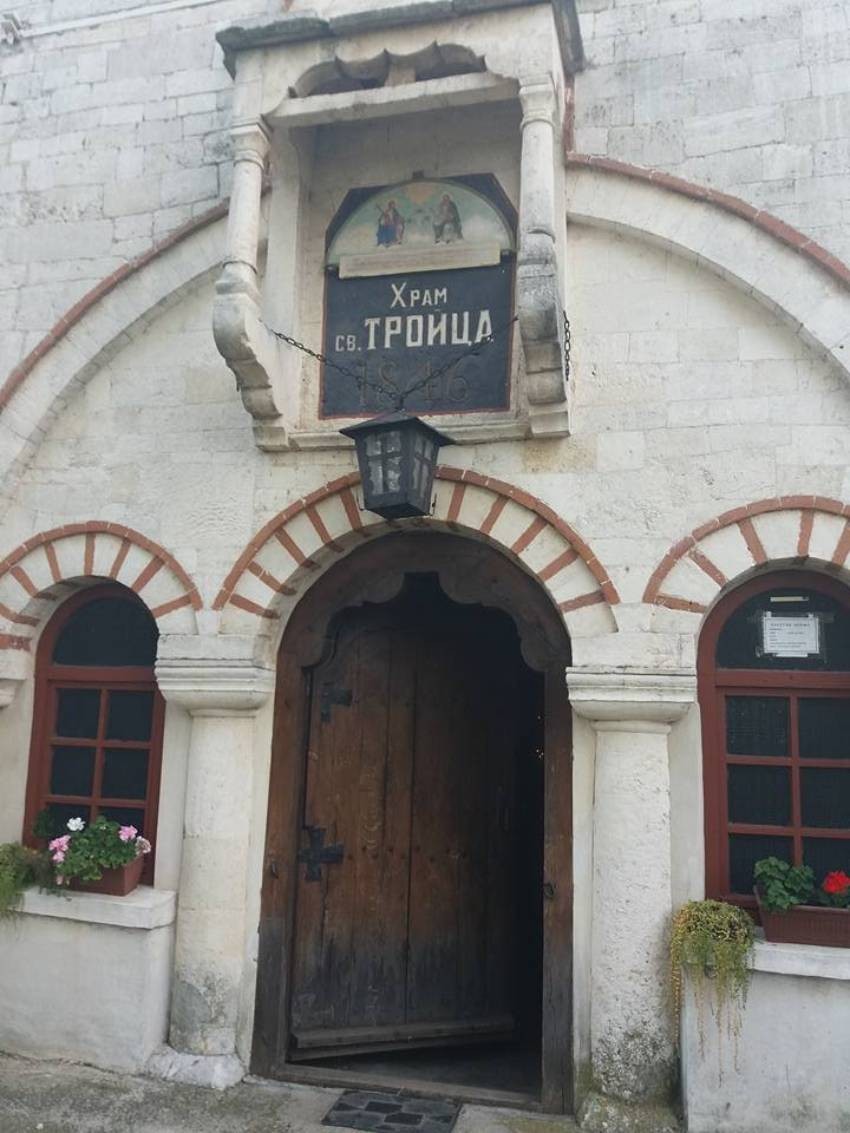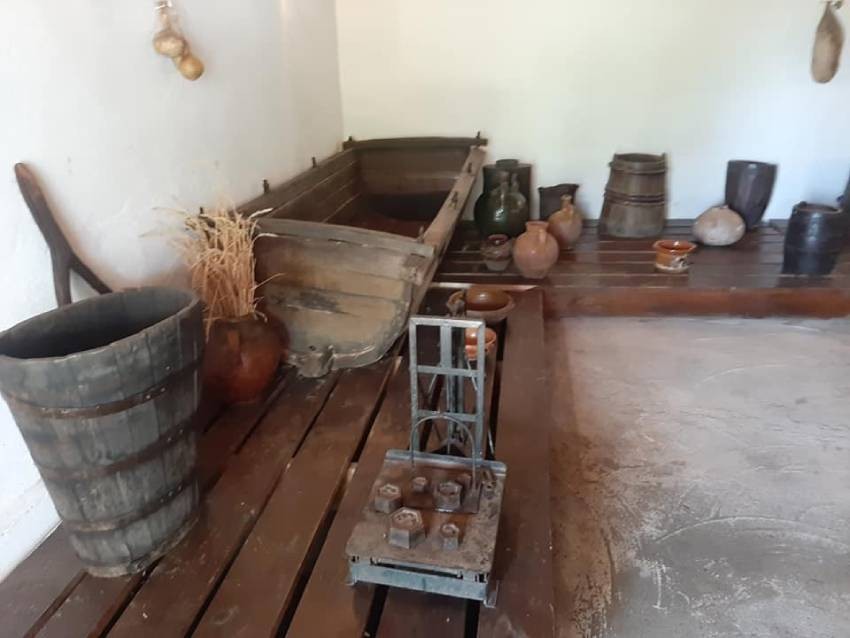



Our lands are the cradle of ancient civilizations. Thanks to Bulgarian archaeologists, they are becoming known to the general public, said Prime Minister Rosen Zhelyazkov at the presentation in Sofia of the restored statue of a man from the ancient..
The Regional History Museum in Gabrovo displays a modest, rectangular piece of paper measuring 10 by 15 cm : the first Bulgarian banknote — a twenty-leva bill with the serial number 000001. It was printed on August 1, 1885, in St. Petersburg, and this..
Founding a Bulgarian Orthodox parish thousands of kilometers away from the homeland is no easy task, especially when the Bulgarian diaspora is scattered across vast distances. In Bulgaria we take for granted that every neighborhood in a large city has..

+359 2 9336 661
